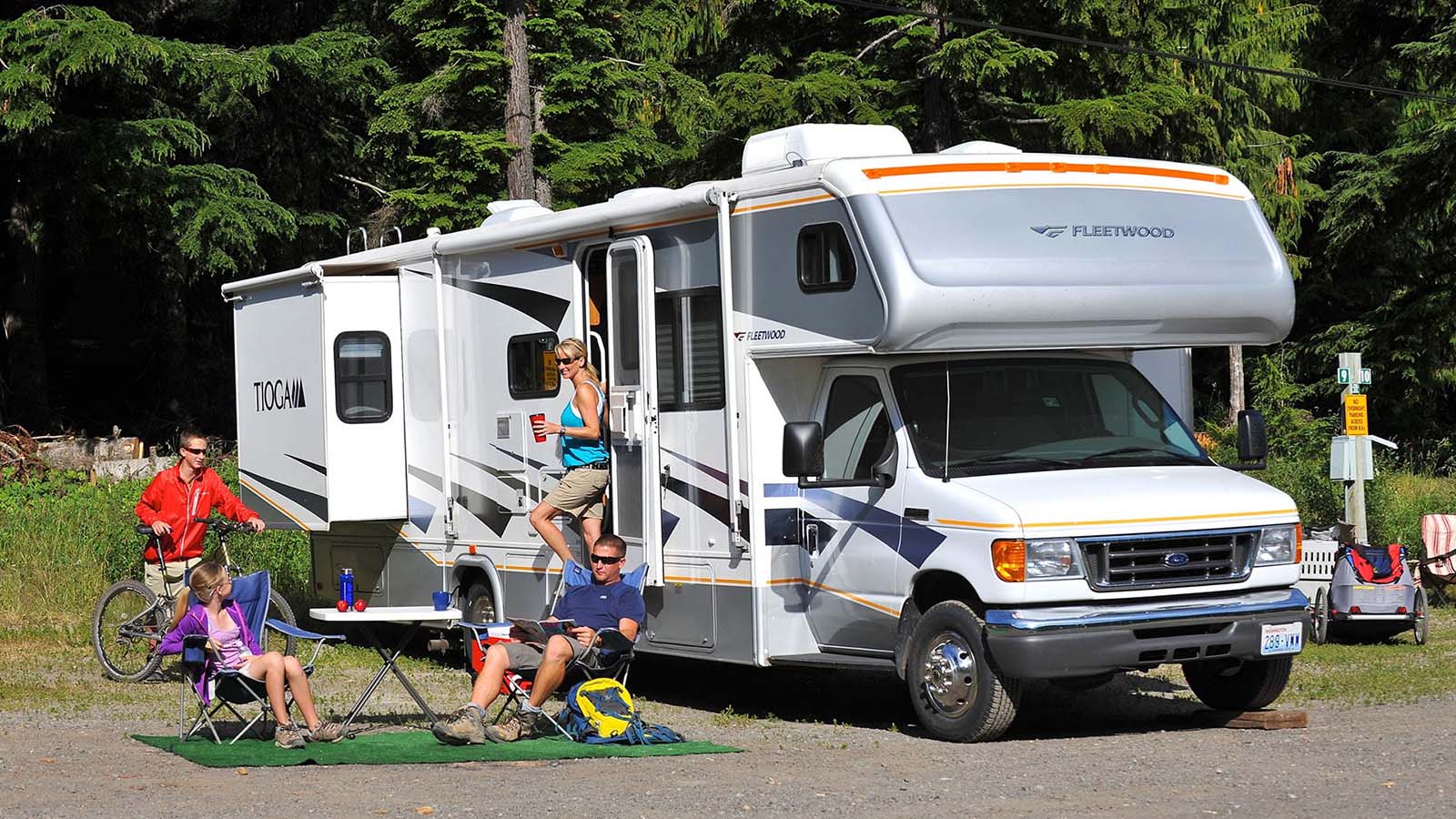How to Connect an RV Battery: A Step-by-Step Guide

H2: Introduction H3: Understanding the Importance of Correct RV Battery Connection
Connecting an RV battery is an integral part of optimizing your recreational vehicle’s power supply. A well-functioning battery system ensures the smooth operation of essential appliances, such as lights, refrigerator, and water pump when you’re on the go. However, improper battery connection can lead to power issues and potentially damage the battery. In this guide, we will provide you with a step-by-step process to connect your RV battery correctly and maximize its performance.
H2: Step 1 – Safety First H3: Prioritizing Safety Measures

Before starting any work on your RV battery, it’s crucial to take necessary safety precautions. Make sure to turn off all power sources within the RV, including the main electrical switch. Additionally, always wear protective gloves and eyewear to avoid any accidental injuries. Safety is of utmost importance, and following these precautions will help avoid any mishaps during the battery connection process.
H2: Step 2 – Identifying Positive and Negative Terminals H3: Locating the Positive and Negative
To connect your RV battery correctly, you need to determine the positive and negative terminals. Most batteries have red or marked terminals as positive (+) and black or marked terminals as negative (-). Verify the markings, if any, on the battery before proceeding further. This step ensures that the battery is connected in the proper polarity, preventing any potential short circuits or damage to electrical components.

H2: Step 3 – Disconnecting the Old Battery H3: Removing the Existing Battery
If you are replacing an old battery, start by disconnecting the battery cables from the terminals. Use a wrench or a battery cable puller to loosen the nuts holding the cables in place. Begin with the negative terminal (black) followed by the positive terminal (red). Make sure to keep the cables away from each other and any metal surface to prevent accidental sparking. With the old battery disconnected, you’re now ready to proceed to the next step.
H2: Step 4 – Connecting the New Battery H3: Ensuring Proper Connection
Before connecting the new battery, ensure that it is of the same voltage rating and type (e.g., deep cycle or AGM) as the old one. Begin by tightly connecting the positive cable (red) to the positive terminal of the new battery. Use a wrench to secure the nut, ensuring a snug fit. Then, connect the negative cable (black) to the negative terminal in a similar manner. Make sure both cables are securely fastened to prevent any loose connections that can lead to power interruptions.
H2: Conclusion H3: Ensuring a Reliable RV Battery Connection
Properly connecting your RV battery is crucial for a reliable power supply and smooth operation of essential appliances. By following the step-by-step process outlined in this guide, you can safely and effectively connect your RV battery. Remember to prioritize safety measures, identify the positive and negative terminals, disconnect the old battery before proceeding, and securely connect the new battery. By adhering to these guidelines, you can ensure a long-lasting, efficient, and uninterrupted power source for your RV adventures.

